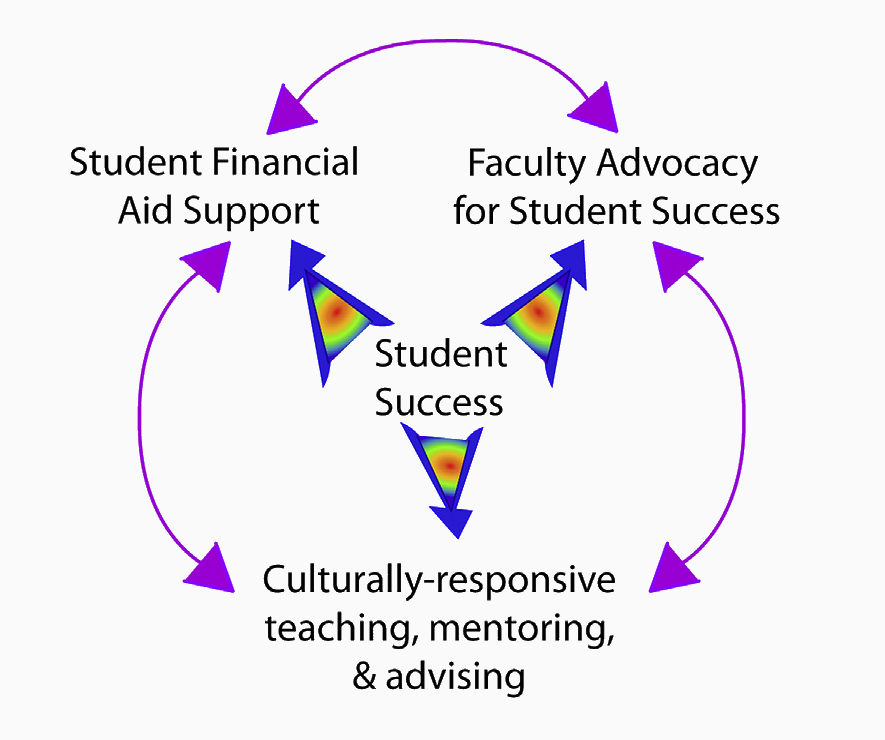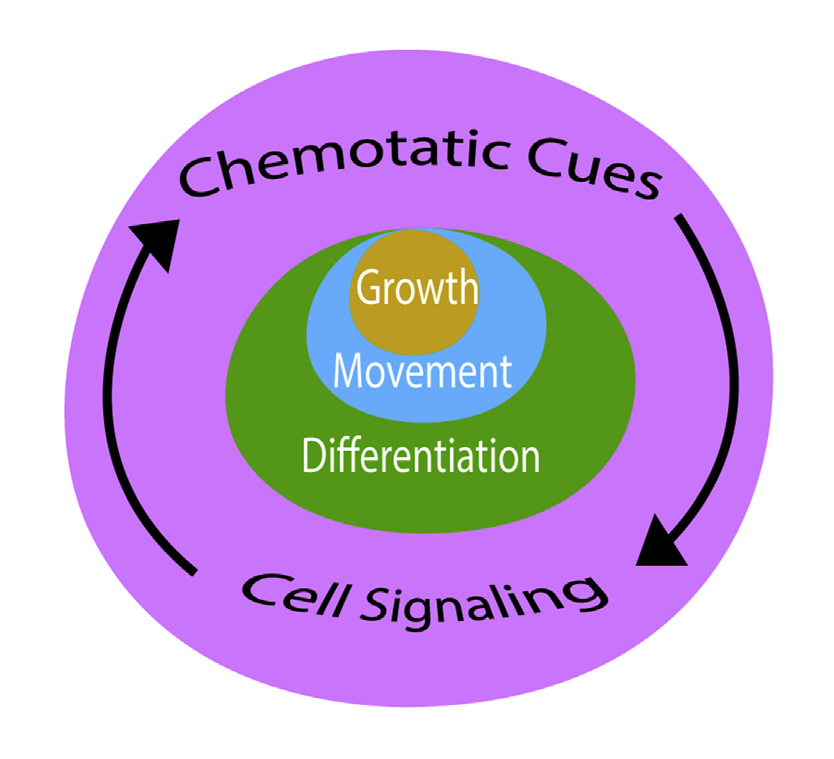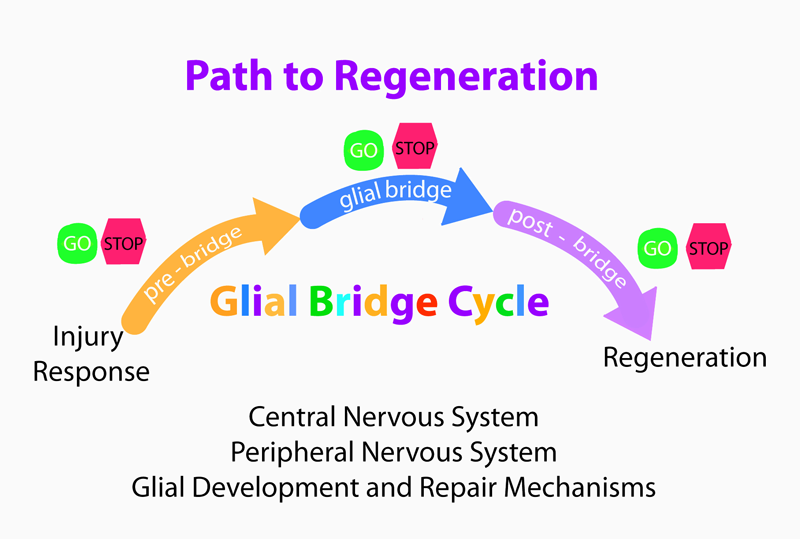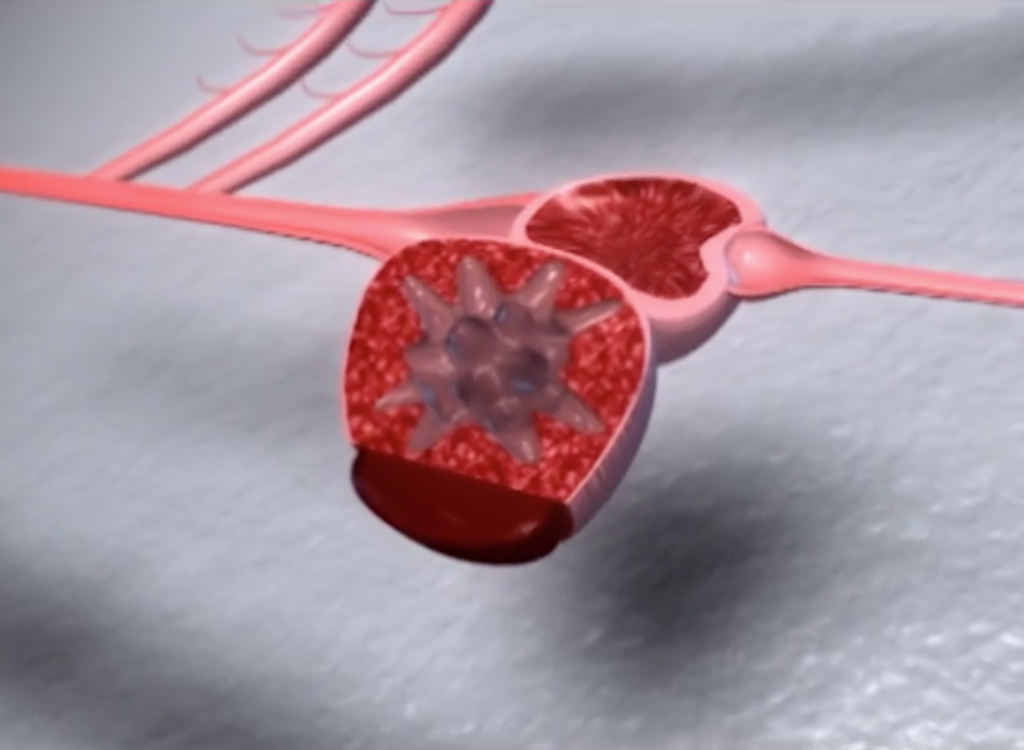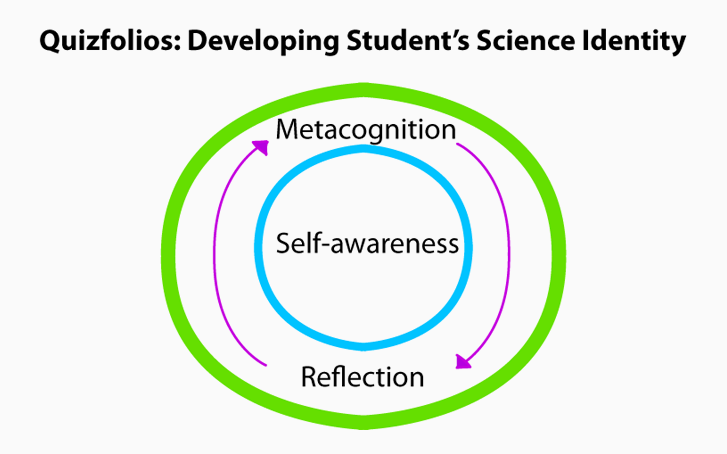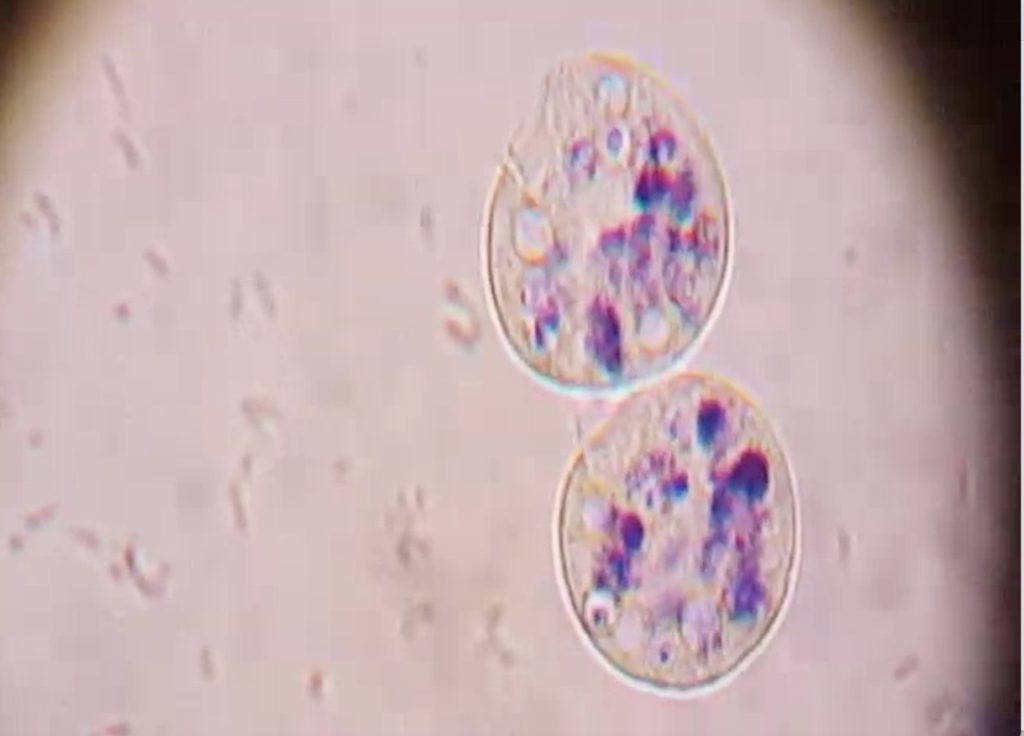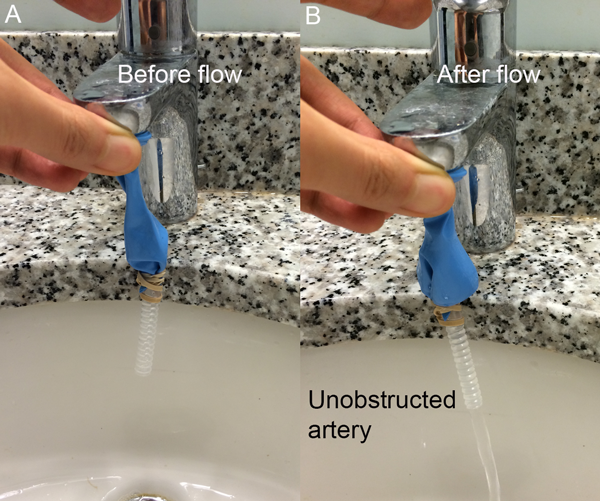Beyond the lab bench
Beyond the lab bench: Pathways in inclusion, equity, and diversity in biology education and social justice Over the past six years, I describe my personal journey into promoting inclusion, equity, and diversity in biology education and social justice. In my personal journey, I will describe how I found my passion in mentoring and teaching Native…
Read MoreGlial cell ecology in zebrafish development and regeneration
Zebrafish have been found to be the premier model organism in biological and biomedical research, specifically offering many advantages in developmental biology and genetics. The zebrafish (Danio rerio) has the ability to regenerate its spinal cord after injury. However, the complete molecular and cellular mechanisms behind glial bridge formation in zebrafish remains unclear. In our…
Read MoreGlial Bridge Ecology
Glial bridge ecology: cellular mechanisms that drive spinal cord regeneration in Zebrafish Zebrafish have been found to be the premier model organism in biological and biomedical research, specifically offering many advantages in developmental biology and genetics. This unique aquatic species has been found to have the capacity to regenerate their spinal cord after injury. However,…
Read MoreHeart Origami
Heart Origami – Student Activities for Exploring Principles of Cardiac Development. Developing classroom activities that help promote students’ ability to synthesize and evaluate mechanisms of organ formation is important for their life-long learning in the life sciences. Here, I present several techniques that engage and gauge (engauge) students in middle school science outreach and undergraduate college…
Read MoreHelping Students SOAR
Helping Student SOAR – Quizfolio Tips to Engage First-Generation, Under-Represented Minority Undergraduates in Scientific Inquiry. Engaging and gauging (engauging) first-generation, under-represented minority undergraduate general biology students through processes of inquiry, critical thinking, and effective learning is vital as they develop their scientific identity. An important challenge is how we can establish communities of practice…
Read MoreWright Stain and Fluorescence-Based Methods in Tetrahymena for Phenotypic Analysis
In educational and research settings, Tetrahymena is an excellent model organism for engaging students to investigate function, morphology, structure, phagocytosis, and ciliary motion. Here, we present applications of Wright stain and Sytox green as useful low-cost tools for phenotypic analysis. We used heatfixed Tetrahymena followed by Wright-stain-labeled organelles at different stages of its life cycle.…
Read MoreTraffic Jam Response
Traffic Jam Response – Hands-on Activities for Exploring Artery Roadblocks Congenital heart disease in newborns exhibits a spectrum of defects, one of which is the occlusion of the vascular conduits of the arteries. For students first learning about cardiovascular lesions, the tortuous path of blood vessels can be visually overwhelming to the untrained eye, and…
Read More
